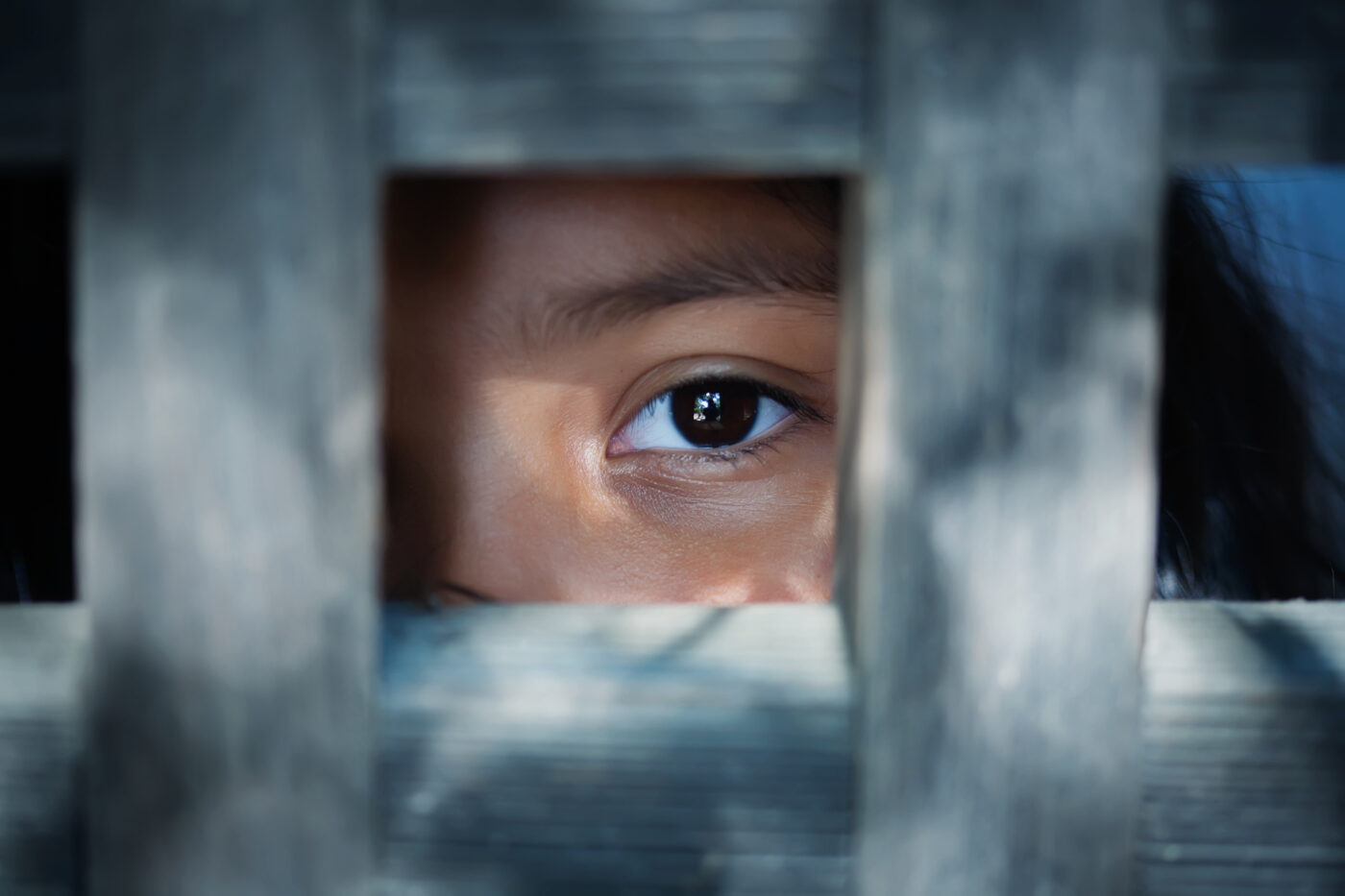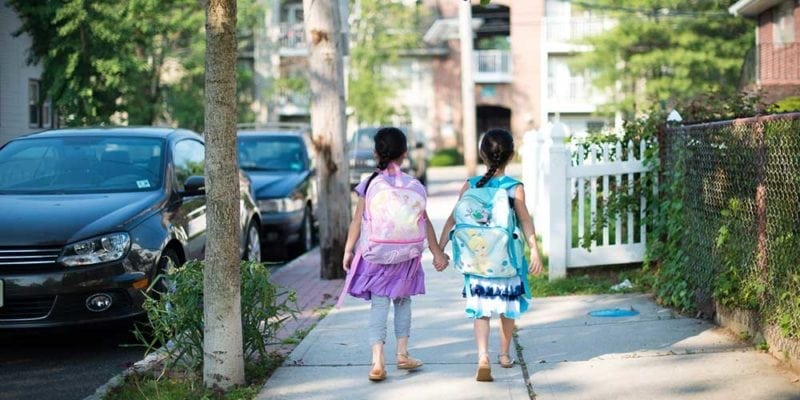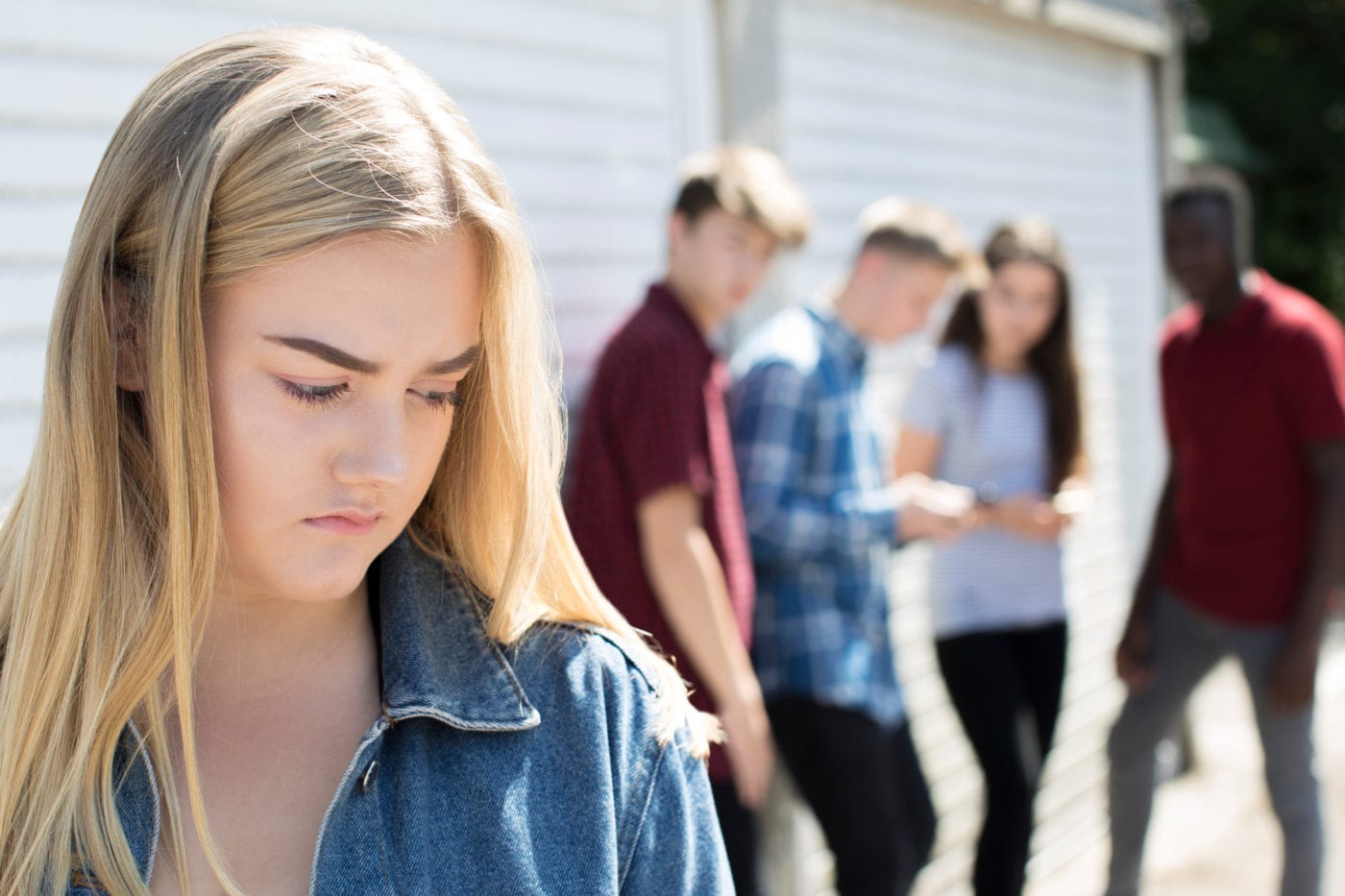It’s one of the scariest things a parent can think of. The thought of a child being taken sends shivers down father’s spines. Human trafficking is as uncomfortable as it is terrifying. It exists in larger numbers than we admit, and it’s discussed seldomly. As a parent, it’s not enough to know human trafficking exists. You need to know how to avoid it and protect your kids from predators.
Human trafficking takes place around the globe. It’s not restricted to big cities. It’s happening in small towns, too. Traffickers are depicted in movies as guys in dark overcoats waiting to snatch kids from unsuspecting parents and throw them in a van before speeding off. It’s dramatic for the movies, but in reality, trafficking is a long game and usually involves someone the victim knows. Trafficking is directly linked to pornography and grooming.
It’s estimated that 1 in 5 pornographic images online is of a child. The porn industry makes $3 billion annually in the United States alone. In 2021, 1 in 6 kids who were reported missing fell victim to human trafficking. Protect your children from trafficking as fiercely as you would attempt to protect them around sharks. Stay focused on them. Hold their hand in public if they’re young. Carry recent photos of them. Keep track of who they spend time around. Be aware of adults who want to be alone with your kids. That’s a major red flag.
Traffickers use social media. Monitor your child’s accounts.
Traffickers use the internet. Monitor your child’s online activity and interactions.
Traffickers use coercion. Monitor your child’s relationships.
What often starts off harmless escalates to harmful. The best way to protect your kids is to teach them warning signs. If you’re overwhelmed, you’re not alone. But don’t let those overwhelming feelings keep you from learning everything you need to know to keep your kids safe. Check out this video from our Child Safety Series and get involved today. Don’t avoid this admittedly awkward subject. Be protective. Be proactive.











Huddle up with your kids and ask, “What does it mean to not trust a stranger?”